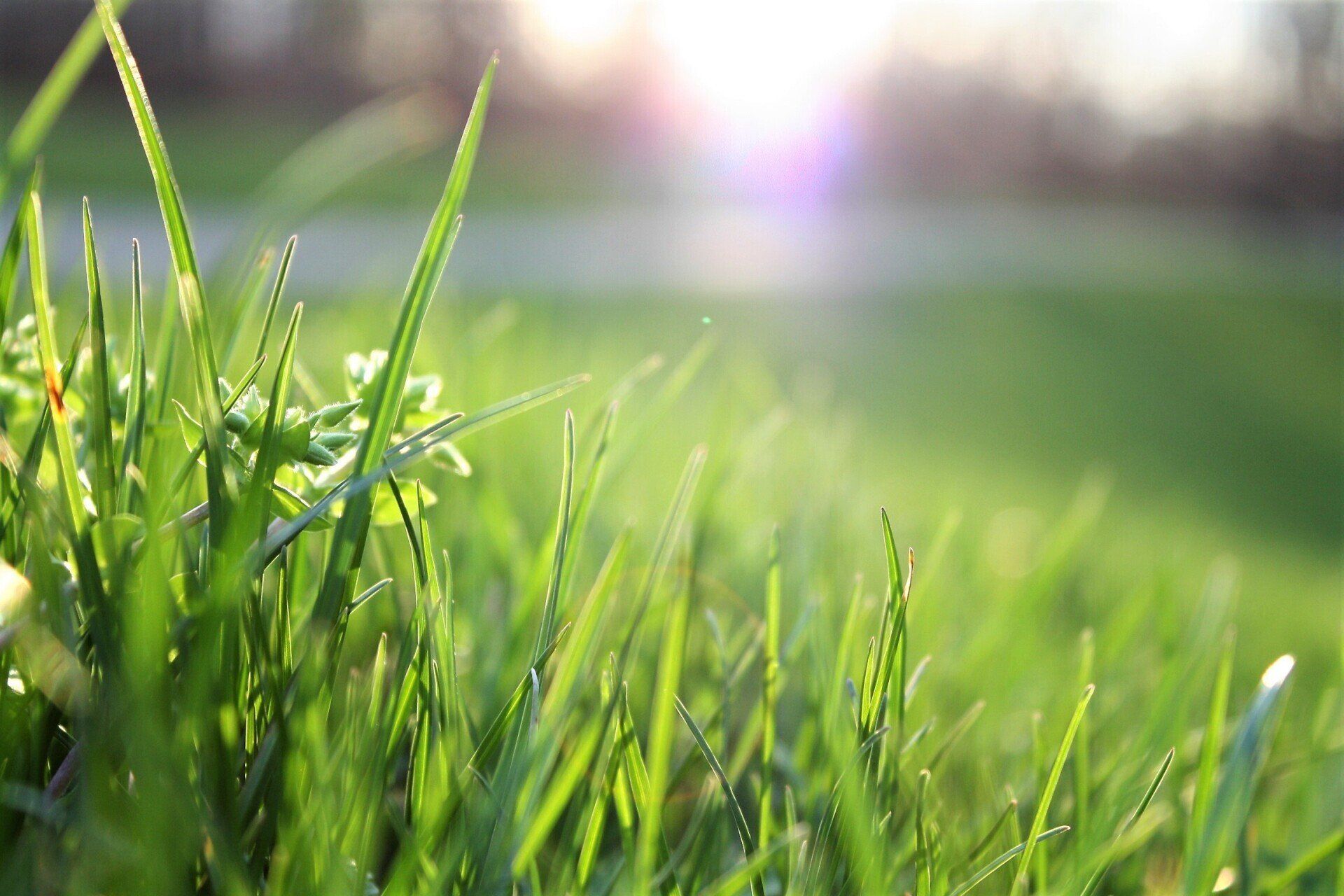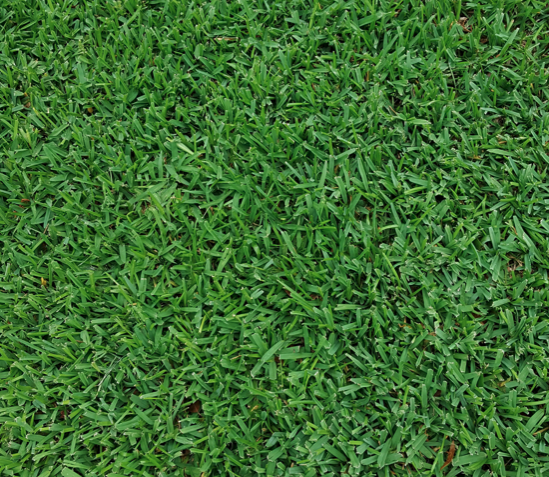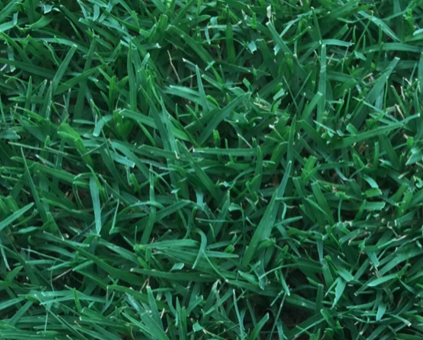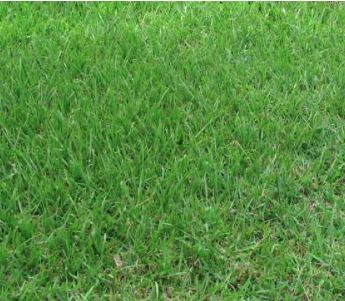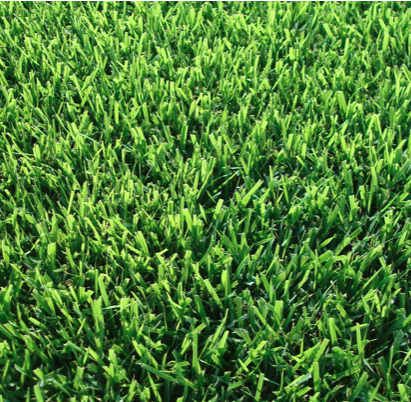This warm-weather grass is sometimes also called “buffalo grass”, although true buffalo grass is a different plant. It has a blue-green tint with flat blades and thrives in humid weather. It’s also fairly tolerant to salt, so it’s a favorite among those living by the coast.
Pros
- Decent performance in shady spots.
- Holds its green color relatively well during the dry season.
- Dense growth that naturally suppresses weed.
- Tolerates moderate foot traffic and recovers quickly.
- Relatively tolerant to salt.
Cons
- More prone to thatching when over-fertilized
- Does not handle prolonged drought conditions
- Does not handle high foot traffic.
Mowing height: Preferably 2.5 to 3.5 inches, with shady spots leaning towards 3.5 inches.

